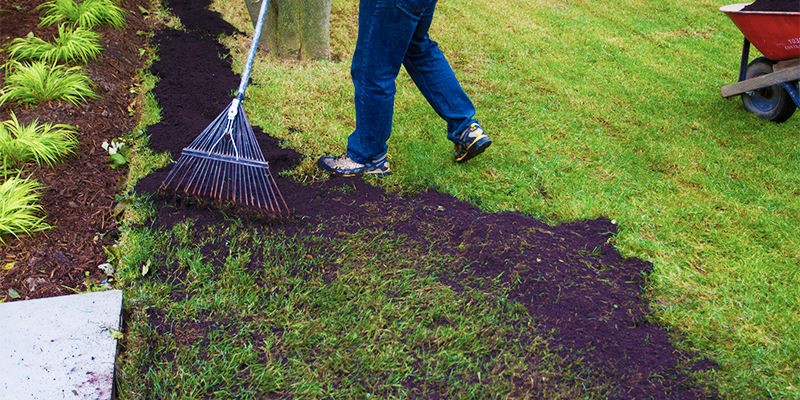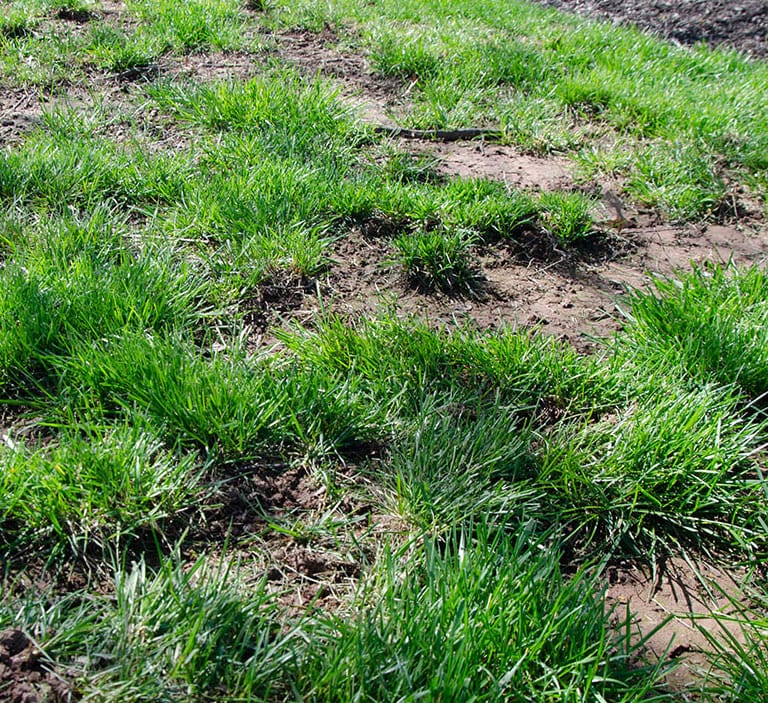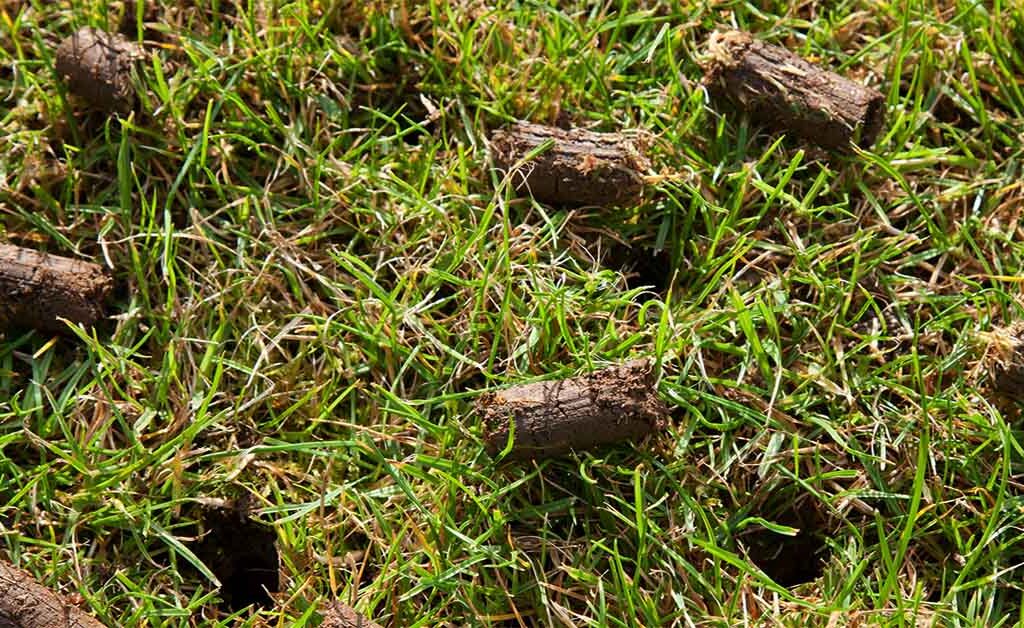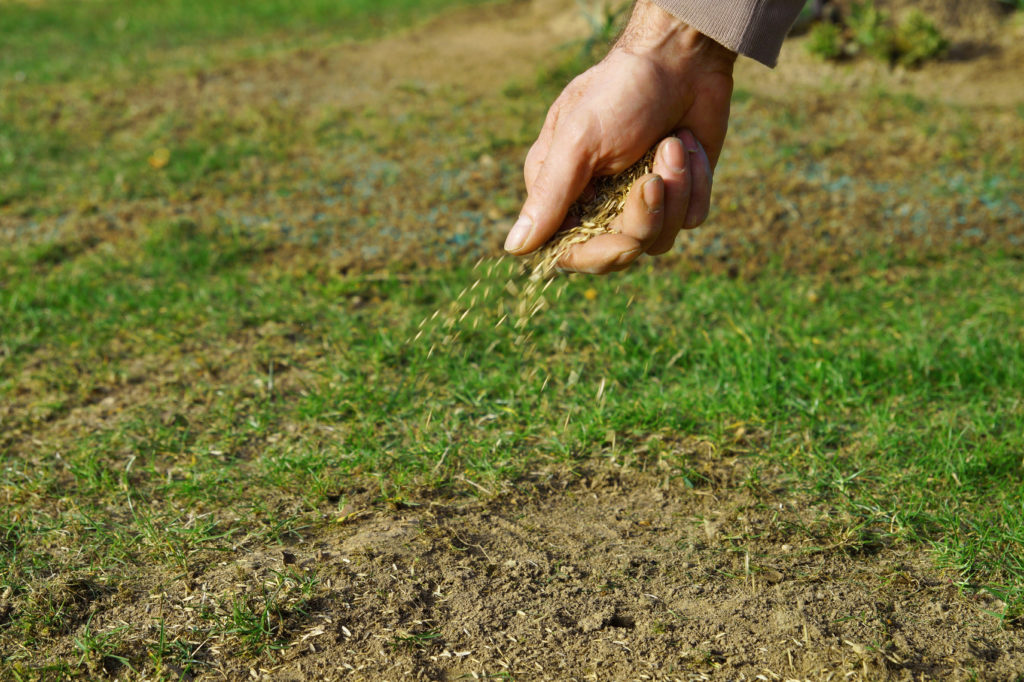Every lawn experiences wear and tear from changing seasons, foot traffic, drought, and pests. Over time, even the healthiest lawns can develop bare spots, thinning patches, or dull, uneven color. Fortunately, one of the easiest and most effective ways to revitalize your yard is through overseeding.
In this comprehensive guide, we’ll walk you through the basics of overseeding your lawn — what it is, why it matters, how to do it properly, and how to maintain your newly rejuvenated grass for long-lasting, lush results.
What is Overseeding?

Overseeding is the process of sowing new grass seed directly into an existing lawn without tearing up the turf or soil. It helps fill in bare patches, thicken thinning grass, and improve lawn color and density.
Unlike a complete lawn renovation (which may involve tilling or replacing the lawn), overseeding rejuvenates your existing grass while introducing newer, hardier, and often disease-resistant grass varieties.
Why Should You Overseed?
Your lawn’s appearance and health naturally decline over time due to:
- Foot traffic and soil compaction
- Drought, heat, and seasonal changes
- Disease and pests
- Weeds competing for nutrients and water
- Aging grass losing vigor
Overseeding benefits your lawn by:
- Filling in thin, patchy areas
- Enhancing grass color and texture
- Increasing tolerance to drought, heat, and disease
- Reducing weed growth by crowding out unwanted plants
- Refreshing an old lawn with improved, modern grass varieties
It’s a simple, budget-friendly alternative to completely replacing your turf.
When is the Best Time to Overseed?

Timing is crucial for overseeding success and depends on your grass type:
| Grass Type | Best Time to Overseed |
|---|---|
| Cool-season grasses (Fescue, Ryegrass, Kentucky Bluegrass) | Early fall (September–October) or early spring |
| Warm-season grasses (Bermuda, Zoysia, St. Augustine) | Late spring to early summer |
Why fall is ideal for cool-season grasses:
- Warm soil speeds up seed germination
- Cooler air reduces stress on young seedlings
- Fewer competing weeds during cooler seasons
Choosing the Right Grass Seed
Selecting the right grass seed ensures your overseeding effort thrives. Choose seed based on:
- Compatibility with your existing lawn
- Sun or shade conditions
- Traffic levels
- Climate
Popular seed options:
- Kentucky Bluegrass: Soft, lush, cool-season grass
- Perennial Ryegrass: Fast germination, great for high-traffic areas
- Tall Fescue: Durable and drought-tolerant
- Bermuda: Warm-season favorite for sunny yards
- Zoysia: Heat-tolerant, dense, slow-growing
Look for blends and seed mixes tailored to your region for best results.
Tools and Materials You’ll Need

- Quality grass seed
- Lawn mower
- Metal rake or dethatcher
- Lawn aerator (optional but highly recommended)
- Seed spreader (broadcast or drop)
- Starter fertilizer (safe for new seedlings)
- Garden hose with a sprinkler
How to Overseed a Lawn: Step-by-Step Guide
Step 1: Mow the Existing Lawn
Before overseeding, mow your lawn slightly lower than normal — around 1.5 to 2 inches.
Bag the clippings to expose soil and prevent shading the new grass seedlings.
Step 2: Remove Thatch and Debris
Use a metal rake or dethatcher to loosen and remove any built-up thatch (a layer of dead grass, roots, and debris).
A thatch layer thicker than ½ inch prevents water and seed from reaching the soil.
Step 3: Aerate the Lawn (Highly Recommended)
Aerating creates small holes in the soil, reducing compaction and improving seed-to-soil contact, water absorption, and root growth.
Benefits of aeration:
- Enhances seed germination
- Boosts water, air, and nutrient penetration
- Improves root development for both new and existing grass
You can rent a core aerator or hire a professional if needed.
Step 4: Apply a Starter Fertilizer
Apply a starter fertilizer high in phosphorus (the nutrient essential for root growth) evenly over the lawn before seeding.
Avoid using weed-and-feed products at this stage — they can damage new seedlings.
Step 5: Spread the Grass Seed
Use a broadcast or drop spreader to distribute the seed:
- Follow the seed package’s recommended setting
- Spread in overlapping, crisscrossing rows for even coverage
- For bare patches, spread seed by hand if necessary
Tip: Apply half the seed in one direction, then the other half at a 90° angle.
Step 6: Lightly Rake and Water
Gently rake the area to help seeds settle into the soil for better contact.
Watering tips:
- Water the entire lawn immediately after overseeding
- Keep the soil consistently moist for 2–3 weeks
- Water lightly once or twice daily during germination
Once new grass reaches 2–3 inches tall, reduce watering to every other day, then transition to a regular watering schedule.
Caring for a Newly Overseeded Lawn

Mowing
Wait until new grass reaches 3–4 inches before mowing.
When you mow:
- Use a sharp mower blade
- Remove no more than ⅓ of the grass blade height
Fertilizing
After 6–8 weeks, apply a balanced, slow-release fertilizer to continue nourishing both old and new grass.
Weed Control
Avoid applying herbicides until your new grass is well-established — usually 8–10 weeks after overseeding.
If weeds appear early, remove them by hand.
Common Overseeding Mistakes to Avoid
| Mistake | Problem Caused | How to Fix |
|---|---|---|
| Overseeding without dethatching | Seed can’t reach the soil | Always remove thatch beforehand |
| Skipping aeration | Poor seed-to-soil contact | Aerate before overseeding |
| Using incompatible seed | Patchy, mismatched lawn | Choose seed suited to your grass and region |
| Inconsistent watering | Uneven germination or seedling death | Water lightly and regularly |
| Mowing too soon | Damages delicate seedlings | Wait until 3–4 inches tall |
How Long Does Overseeding Take to Grow?

Germination times vary based on grass type and conditions:
| Grass Type | Germination Time |
|---|---|
| Perennial Ryegrass | 5–10 days |
| Tall Fescue | 7–14 days |
| Kentucky Bluegrass | 14–30 days |
| Bermuda/Zoysia | 10–30 days |
Full establishment generally takes 6–10 weeks.
Final Thoughts
Overseeding is one of the most effective, affordable, and eco-friendly ways to keep your lawn looking thick, lush, and healthy year after year. With the right seed, tools, and care, you can easily fill in bare spots, crowd out weeds, and give your lawn renewed vigor.
Whether you’re overseeding a thinning lawn or refreshing your entire yard, this step-by-step guide ensures you do it right — achieving professional-looking results that you and your family can enjoy for seasons to come.



